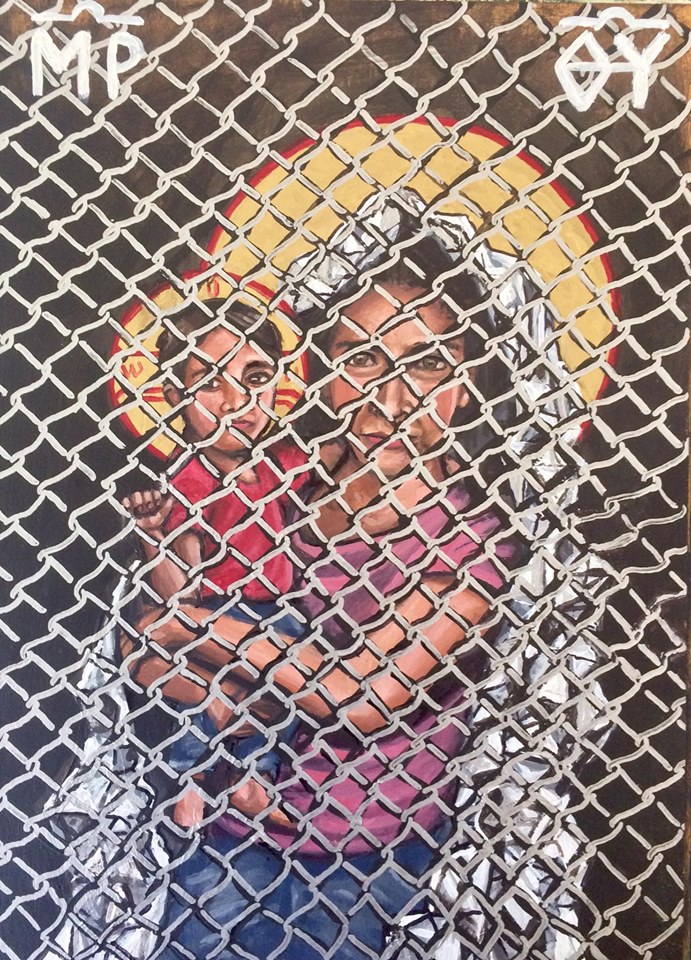
The Calling of Peter and Andrew is a favorite subjectĪnother is his attempt to walk on water (Matthew 14:22-33). Of course innumerable images also portray the many episodes in which Peter's role is significant and noted in scripture. One of them he is the one who unwraps Lazarus's grave cloths. He also appears in a number of images of the raising of Lazarus.

Peter is the Zelig of New Testament images, showing up in many episodes where scripture does not specifically note his presence. Peter sits enthroned as Prince of the Apostles

Different authorities have expressed different opinions regarding which of them should be on the right and which on the left, but in general Peter will be to the left of Paul when they are pictured side-by-sideĪnd to the right when the two are flanking a central personage Peter's attributes may include the double chains that had bound him when the angel released him from prison in Acts 12:6-7ĭuchet-Suchaux (276) say a fish or fishing gear may also be used, but so far I have not seen an example of this.
#ICONOGRAPHER NOW FULL#
However, gives the saint a full head of hair again.) Voragine explains that the pagans of Antioch cut off the top part of Peter's hair "to do him despite and shame," and that this insult is memorialized by the tonsure worn by the clergy. 1 In the second millenium, portraits often show him balding from the back of the head, sometimes with only a tuft of hair remaining at the forehead Jerome alluded to an earlier assertion that he was bald. The early images usually give the saint a full head of hair, although in the 4th century St. Of course, it is possible that both theories are correct and that the lost description was itself derived from classical practice. In the first, some scholars argue that it is modeled on classical images of "the teacher" or "the philosopher." In the second, it may correspond to a now-lost description in the Acts of Peter. In 12th-century Sicily, where many people were Orthodox, even some Catholic churches did without the keys, using instead a crossĬartlidge and Elliott (142-43) explain two theories for the curly hair and short, square beard. Catherine on Mount Sinai, but generally they are much less common in the art of the Orthodox churches, which do not recognize papal supremacy. Peter holds the keys in a 7th-century icon in the Monastery of St. Veronese's Sacra Conversazione (1540-43),īut in most images I have examined the keys are the same gray color. Molanus even advises that one key should be gold and the other silver, to symbolize the Pope's powers of absolution and excommunication respectively (301). Some santos in Mexico emphasize the papal connection by also giving Peter a triple tiara And whatsoever thou shalt bind upon earth, it shall be bound also in heaven: and whatsoever thou shalt loose upon earth, it shall be loosed also in heaven." Roman Catholicism points to this passage as supporting papal supremacy. The keys refer to Jesus' statement to Peter in Matthew 16:19, "I will give to thee the keys of the kingdom of heaven.

Since at least the 4th century he has been portrayed with curly hair and a short, square beardĪnd since at least the early 6th in the West he has carried a set of keys as his attribute

Saint Peter is almost always easily recognized. Paul, held in equal honor, was punished with a sword and buried on the Via Ostensis. He is reverently celebrated by the whole world. Peter was crucified with his head pointed down to the ground and was buried on the Vatican hill near the Via Triumphalis. They suffered and died on the same day of the same year, under the Emperor Nero. Not their birthday but the day they died and were "born again" into Heaven


 0 kommentar(er)
0 kommentar(er)
